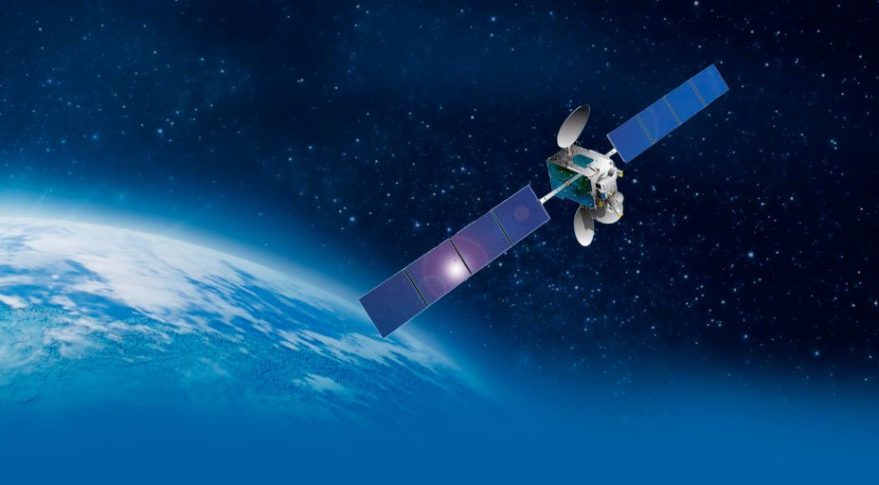The Russian space agency and industrial complex, Roscosmos, has declared the Angosat communications satellite a “total loss” for operational and insurance purposes. Roscosmos plans to build a replacement spacecraft for Angola.
The satellite ran into trouble shortly after its Zenit 3F launch on 26 December 2017. Contact with the satellite was lost at the time of solar array deployment due to an apparent battery fault. Contact was re-established the following day.

Artist’s impression of what Angosat-1 should have looked like with its solar arrays deployed. Courtesy: Roscosmos
Despite this recovery, in January, the Russian authorities admitted that the spacecraft was still in trouble after it failed to stop at its planned 13 degree East station and carried on drifting past this location in the geostationary orbital arc.
The spacecraft was built by RSC Energia for the Angolan National Space Programme Office (GGPEN). Airbus Defence and Space supplied the communications payload.
The satellite was insured for US$121 million, of which US$70 million was placed on the international market (the operator originally wanted to insure the satellite for US$191 million but could not secure enough underwriting capacity). A claim for total loss will be paid out for the US$121 million amount. There is. however, some debate in the insurance market as to exactly which year the date of loss should apply. The original fault on the spacecraft was in late 2017 but the final failure was in early 2018. Most insurers are expected to use the date of launch or the day after this in December 2016 as the loss date.








